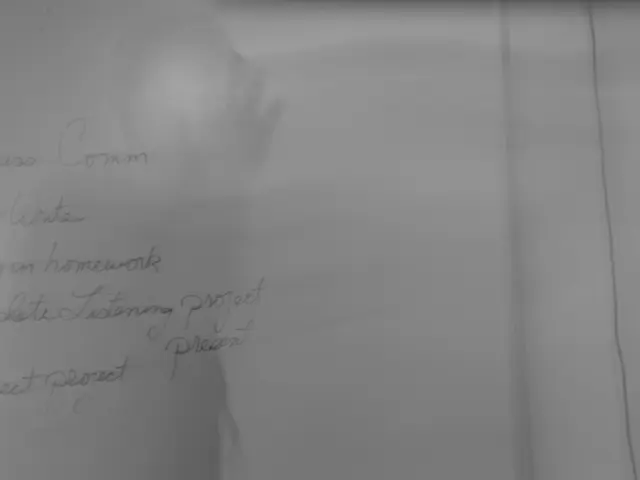Interest rates on home equity soar during the second quarter, demonstrating a notable rise.
U.S. Home Equity Trends: High Equity in New England, Low in Certain Regions
A recent report by ATTOM, a leading provider of property data and real estate analytics, reveals that homeowners in the United States are holding a record $29 trillion in accumulated equity as of early 2025 [1]. Around 48% of mortgaged homes are "equity rich," meaning loans are less than half the home’s estimated value [2].
Regions with the highest proportions of equity-rich homes are primarily in New England. Vermont leads this trend with 84.9% of mortgaged homes classified as equity-rich, followed by New Hampshire (68.7%) and Rhode Island (62.7%) [2]. Chittenden County, Vermont, has the highest equity-rich proportion at 90.7% of mortgaged homes [2].
Other notable equity-rich states include Montana (59.2%) and Hawaii (59.2%) [2]. By contrast, regions with lower proportions of equity-rich homes tend to be outside New England's market but are not detailed in the provided data. However, it is implicit that regions with more housing turnover, speculative development, or less restrictive zoning may have lower equity-rich proportions.
Key Findings from the Report
- The metro areas with the highest rates of seriously underwater homes are Baton Rouge, LA (11.6 percent); New Orleans, LA (9 percent); Jackson, MS (6.1 percent); Lexington, KY (5.2 percent); and Little Rock, AR (5.2 percent) [2].
- The states with the highest proportions of equity-rich homes in the second quarter of 2025 were Vermont, New Hampshire, Rhode Island, Montana, and Hawaii [2].
- 2.7 percent of mortgaged residential properties in the U.S. were seriously underwater in the second quarter of 2025 [2].
- The states with the smallest proportions of seriously underwater homes are Vermont (0.7 percent), Rhode Island (0.9 percent), New Hampshire (1.1 percent), Massachusetts (1.1 percent), and Hawaii (1.3 percent) [2].
- The share of equity-rich homes had declined for three straight quarters before rising in the second quarter of 2025 [2].
- The share of seriously underwater homes dropped quarter-over-quarter in 31 states and the District of Columbia [2].
- More than a tenth of all homes were seriously underwater in just 2.4 percent (217) of the 9,149 zip codes with sufficient data to analyze [2].
- The largest annual drops in the proportion of equity-rich homes were in Florida, Arizona, Georgia, Colorado, and Washington [2].
Additional Insights
- The national average loan-to-value ratio is low, at about 46.9%, with over 82% of U.S. homeowners maintaining at least 30% equity [4].
- Home equity lending is a growing financial theme, with many homeowners cautious about borrowing against equity due to high interest rates on HELOCs and home equity loans, currently averaging around 8% but forecasted to decline somewhat by late 2025 [1][3][5].
- Vermont continues to experience rising home prices, which supports equity growth: the median single-family home price increased 5.26% year-over-year, contributing to sustained equity gains [4].
The report has been updated and modified to better reflect a housing market focused on the traditional home buying process [2]. ATTOM powers innovation across industries with premium property data and analytics covering 158 million U.S. properties-99% of the population [6].
Cloud-based real-estate analytics provider ATTOM has highlighted in their report that states with the highest proportions of equity-rich homes are not only limited to New England, as Montana and Hawaii also fall into this category [2]. Conversely, finance experts suggest that regions with lower proportions of equity-rich homes, while not explicitly detailed in the provided data, may correspond to areas with more aggressive real-estate investing, likely due to factors such as housing turnover, speculative development, or less restrictive zoning.




